NASA
Hubble News
Read about the latest Hubble discoveries. See its most recent images, and explore its older image and news releases.
Latest News

NASA’s Hubble Tracks Down a ‘Blue Lurker’ Among Stars
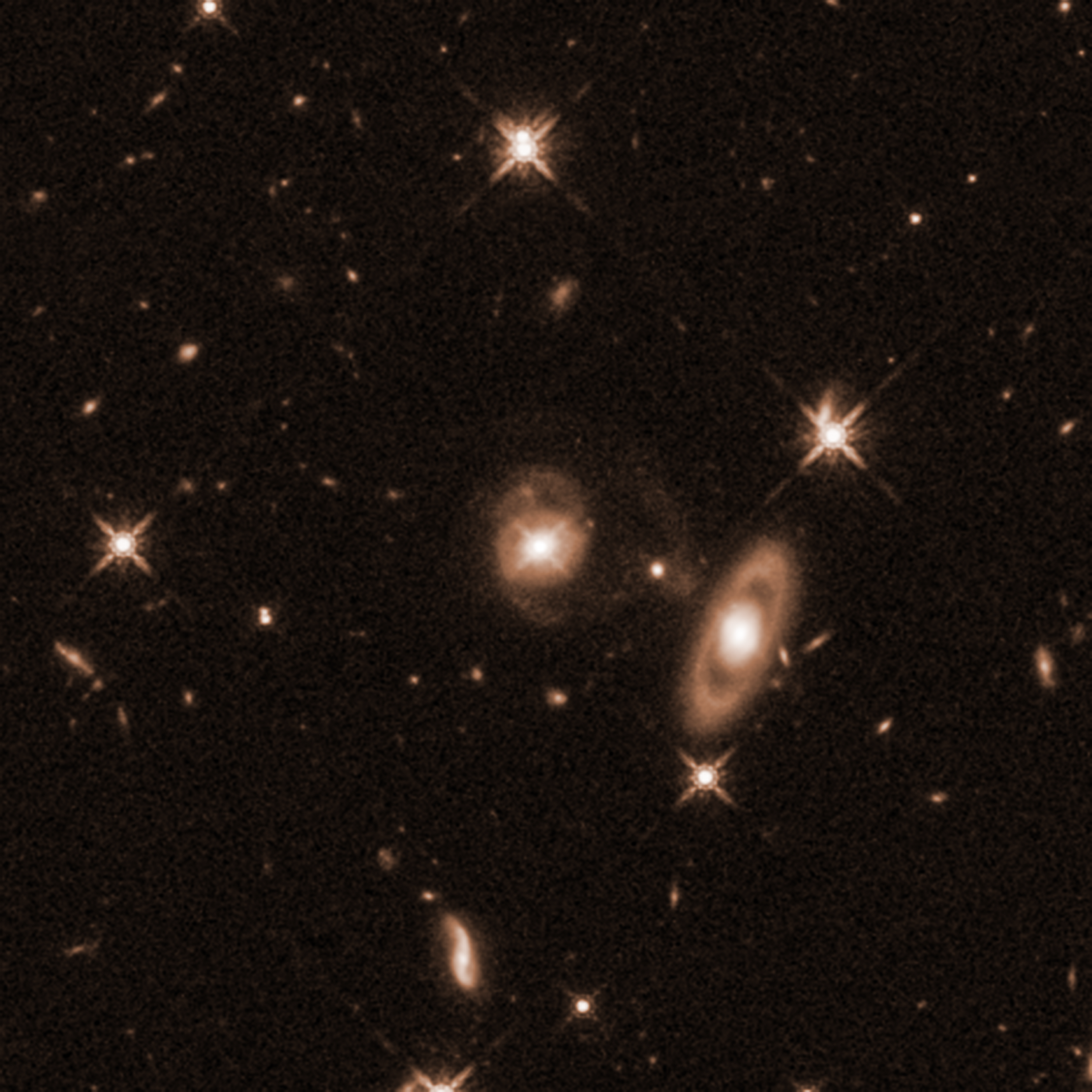
Hubble Reveals Surprising Spiral Shape of Galaxy Hosting Young Jet

NASA Research To Be Featured at American Astronomical Society Meeting

Hubble Rings In the New Year
Hubble Science News

NASA’s Hubble Celebrates Decade of Tracking Outer Planets

NASA’s Hubble Takes the Closest-Ever Look at a Quasar

NASA’s Hubble Finds Sizzling Details About Young Star FU Orionis

NASA’s Hubble Sees Aftermath of Galaxy’s Scrape with Milky Way
Hubble Image Releases

‘Blood-Soaked’ Eyes: NASA’s Webb, Hubble Examine Galaxy Pair
Stare deeply at these galaxies. They appear as if blood is pumping through the top of a flesh-free face. The…

NASA’s Hubble Sees a Stellar Volcano
NASA’s Hubble Space Telescope has provided a dramatic and colorful close-up look at one of the most rambunctious stars in…

Hubble Zooms into the Rosy Tendrils of Andromeda
Clusters of stars set the interstellar medium ablaze in the Andromeda Galaxy about 2.5 million light-years away. Also known as…

Hubble Observes An Oddly Organized Satellite
Andromeda III is one of at least 13 dwarf satellite galaxies in orbit around the Andromeda galaxy, or Messier 31,…

Hubble Traces Star Formation in a Nearby Nebula
NGC 261 blooms a brilliant ruby red against a myriad of stars in this new image from NASA’s Hubble Space…

Hubble Pinpoints a Dim, Starry Mini-galaxy
A glittering collection of stars shines against a background of much more distant galaxies in this view from NASA’s Hubble…
#HubbleFriday: Image of the Week

Hubble Captures Young Stars Changing Their Environments
This NASA/ESA Hubble Space Telescope image peers into the dusty recesses of the nearest massive star-forming region to Earth, the…

Hubble Rings In the New Year
This NASA/ESA Hubble Space Telescope image reveals a tiny patch of sky in the constellation Hydra. The stars and galaxies…
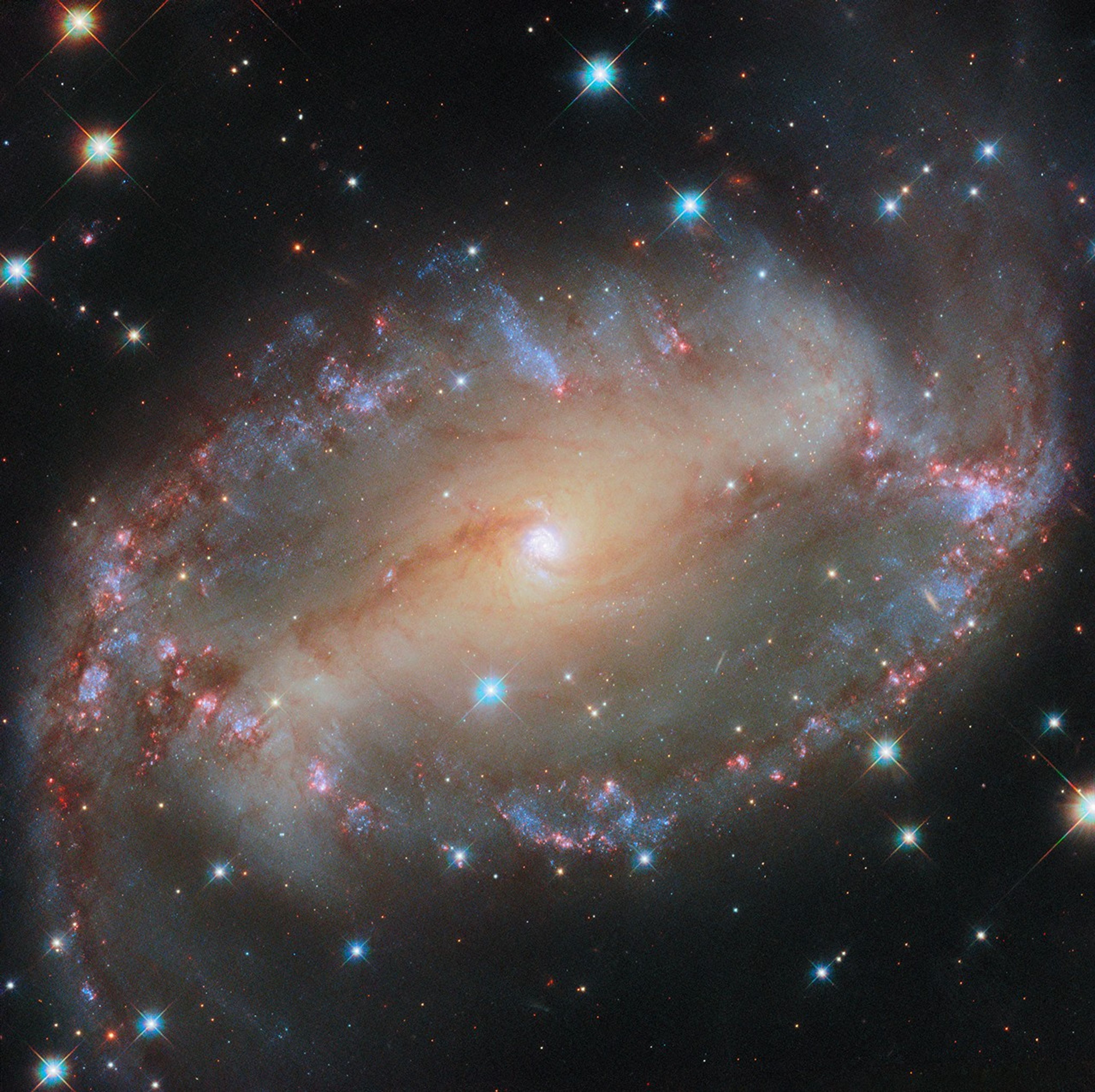
Hubble Spies a Cosmic Eye
This NASA/ESA Hubble Space Telescope image features the spiral galaxy NGC 2566, which sits 76 million light-years away in the…
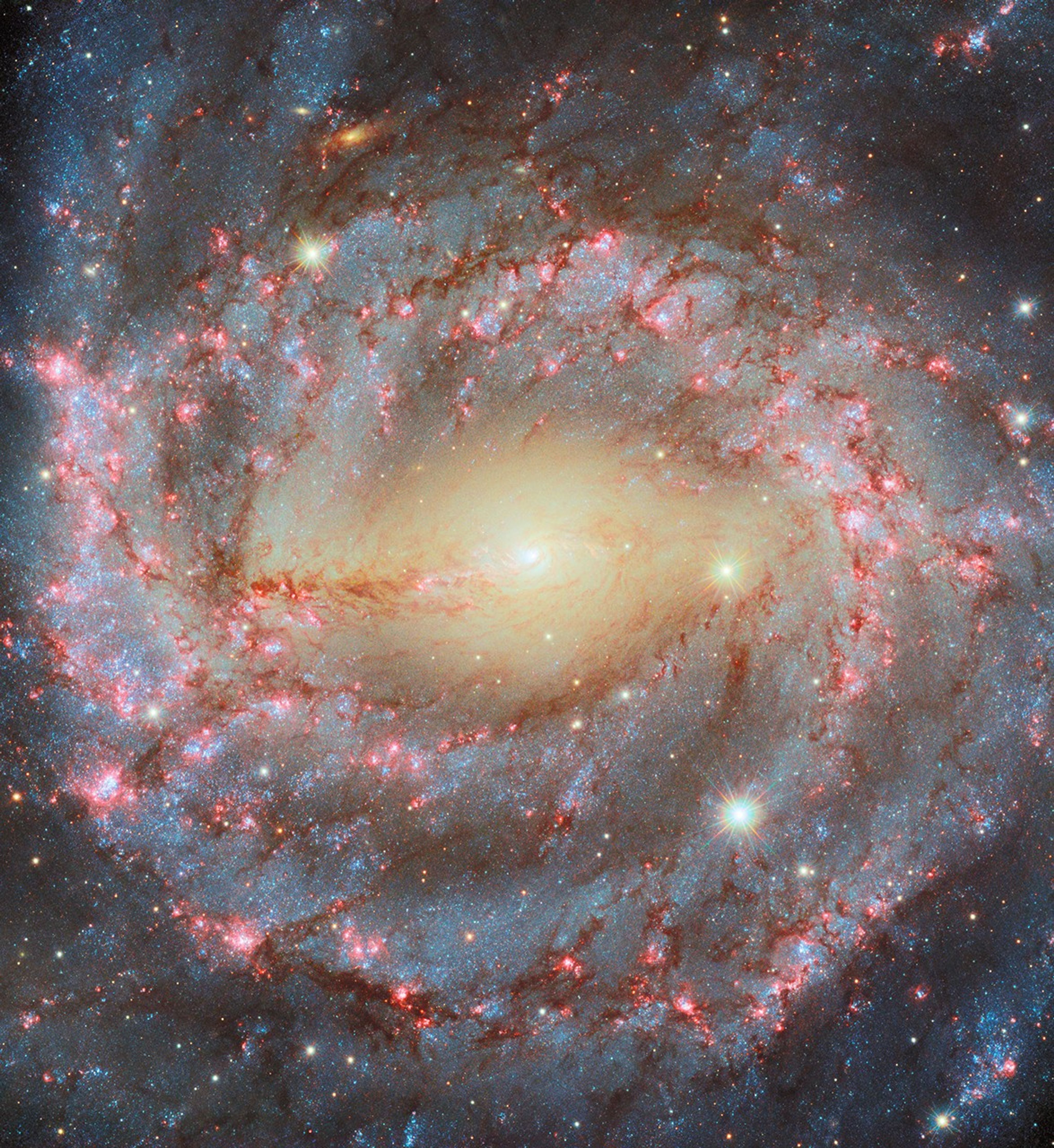
Hubble Images a Grand Spiral
This NASA/ESA Hubble Space Telescope image features the glorious spiral galaxy NGC 5643, which is located roughly 40 million light-years…

Hubble Spots a Spiral in the Celestial River
The subject of this NASA/ESA Hubble Space Telescope image is NGC 1637, a spiral galaxy located 38 million light-years from…

Hubble Captures an Edge-On Spiral with Curve Appeal
This NASA/ESA Hubble Space Telescope image features a spiral galaxy, named UGC 10043. We don’t see the galaxy’s spiral arms…
Information
Media Resources
Need to talk to our communication's team? Need b-roll for the documentary your making? This page helps you find the Hubble media information you need.
Find Media Information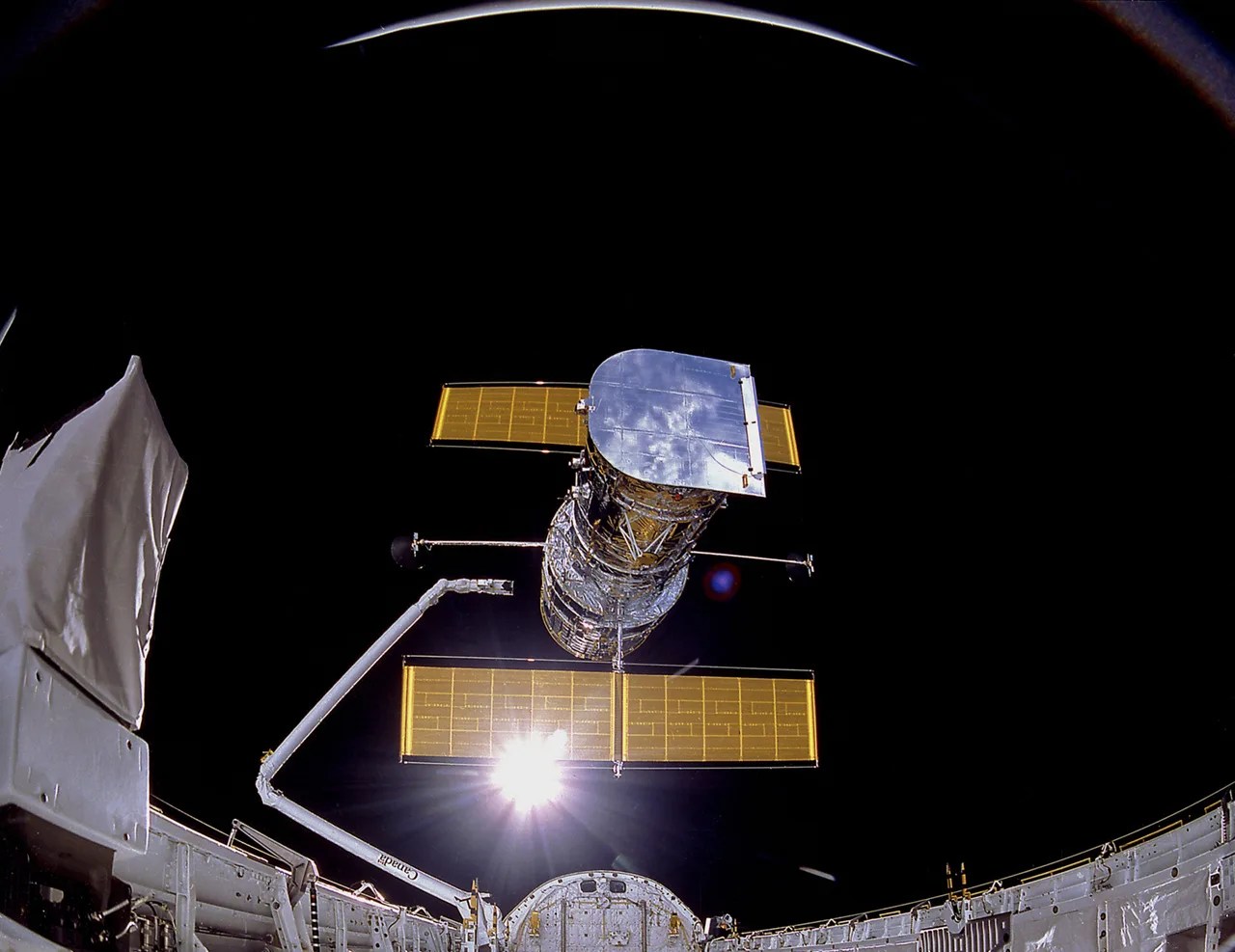



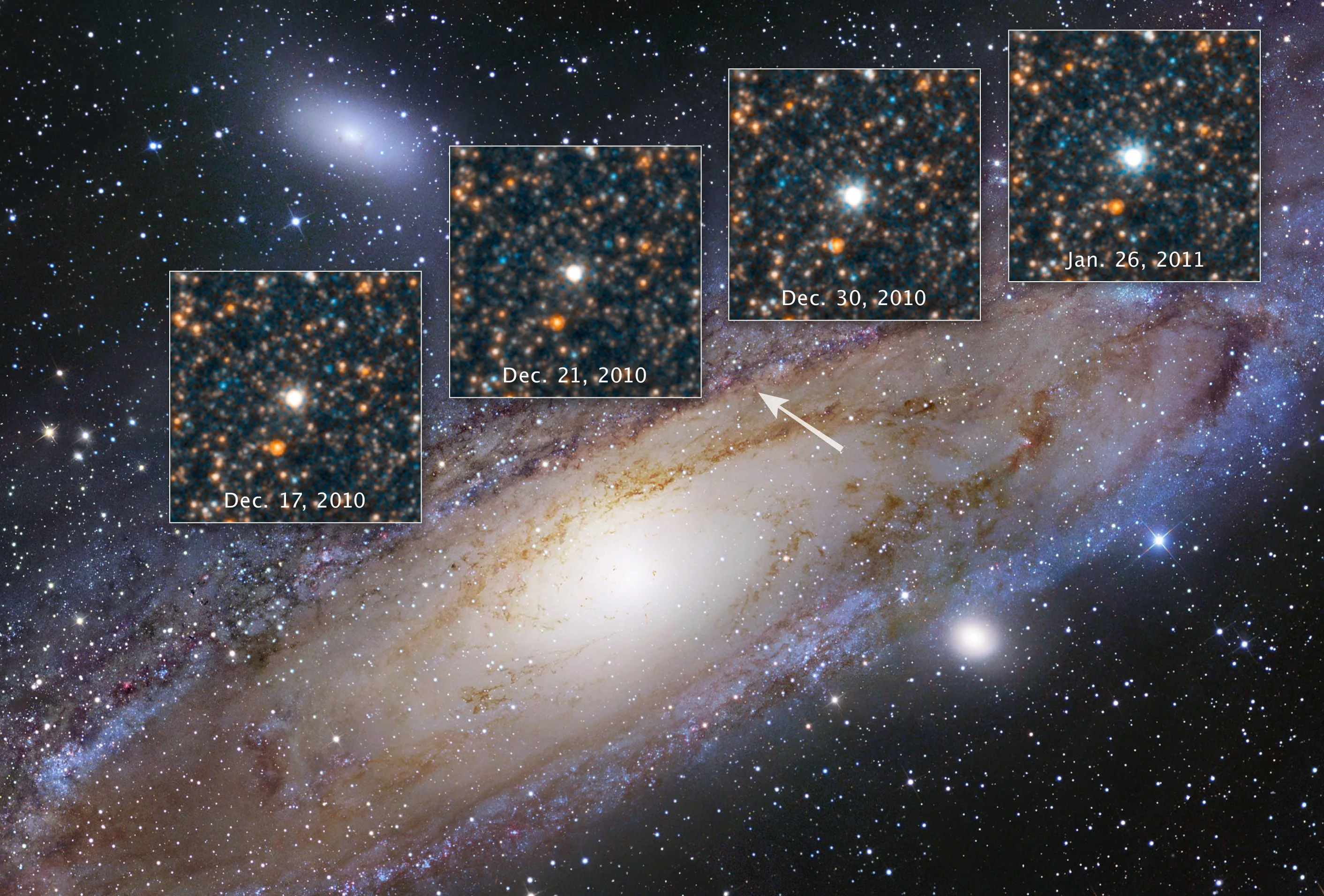
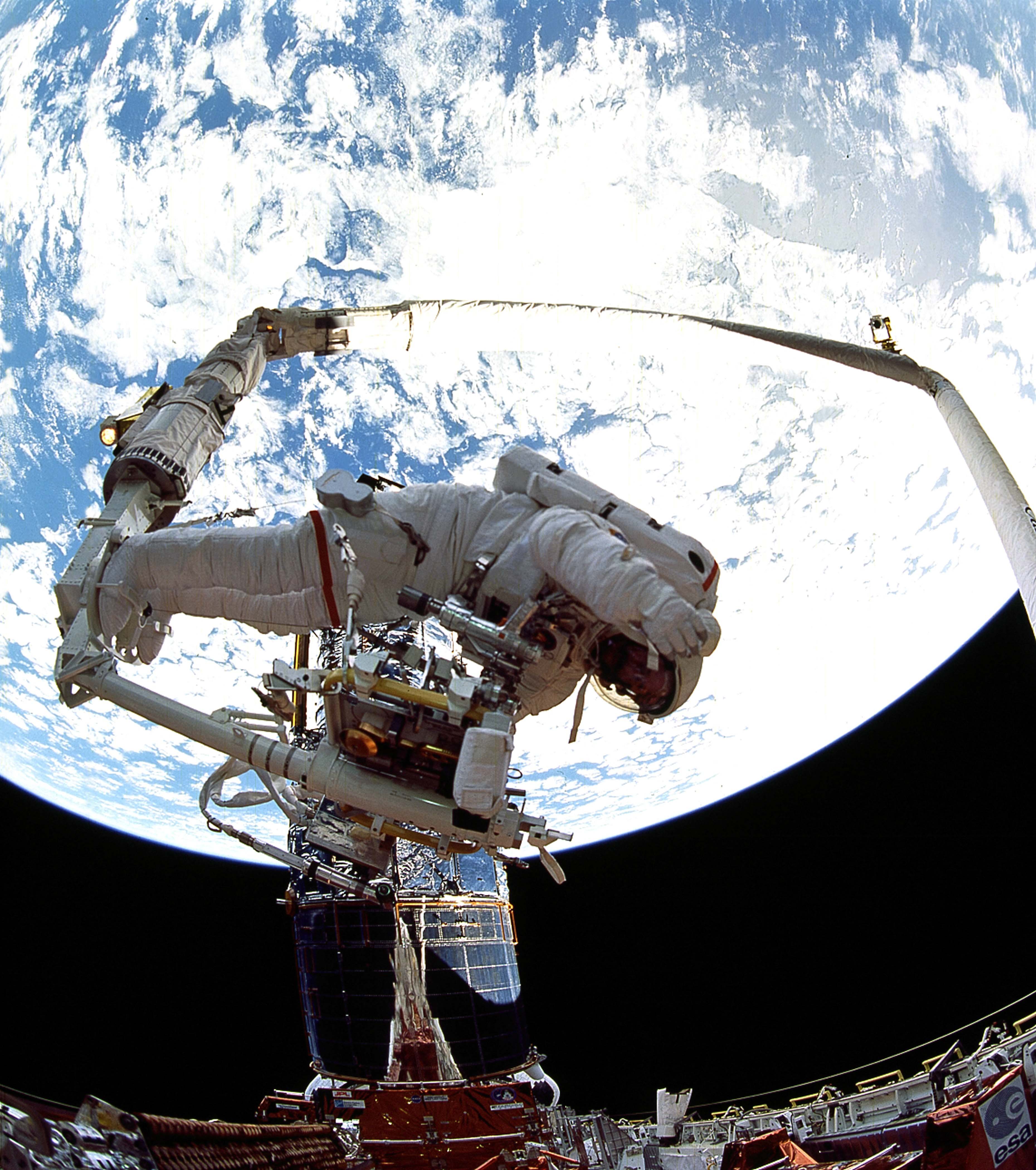


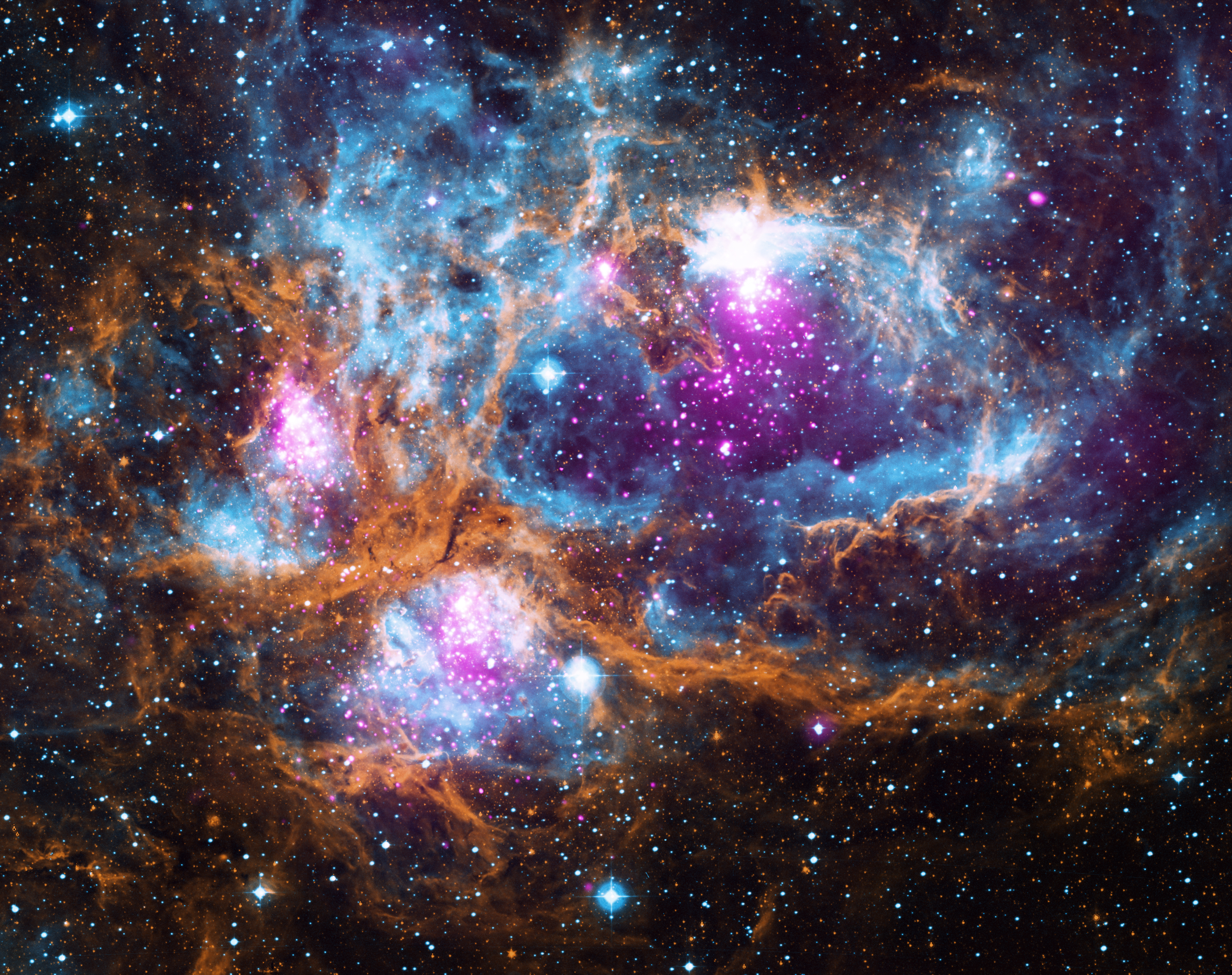








Hubble
Social Media
These accounts represent NASA's Hubble Space Telescope on social media and follow the agency's policies and guidelines. Find the ones that match your interests and begin exploring!
Explore Social Media